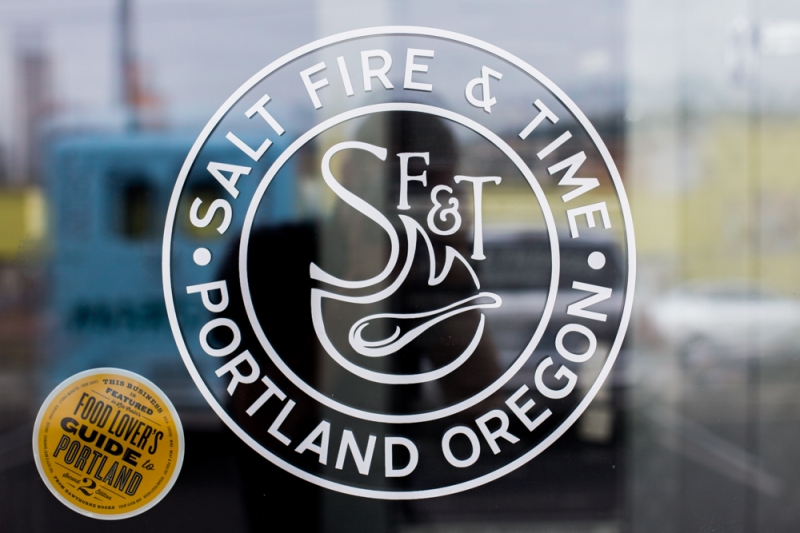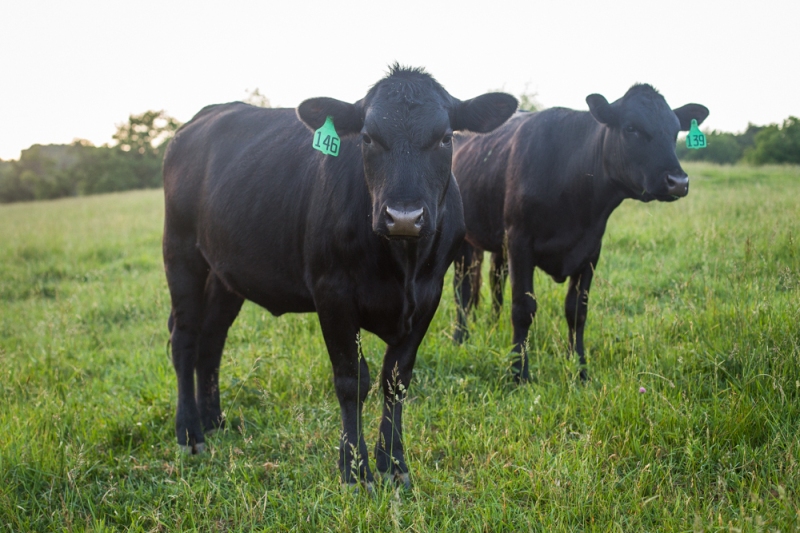
Salad dressings are an important part of many cuisines. Leafy greens were eaten in prehistory, and despite common misconceptions that early agriculture was entirely focused on grains, many of the first gardeners grew spring greens. The Ancient Greeks often mixed salads with oil, herbs, and seasonings (the word salad comes from the Latin salata, meaning “something salted”). Green salads were especially popular in Medieval Europe, and lettuce seeds were brought to the New World colonies, where salads were eventually redefined; the 20th century saw the advent of French, Russian, Thousand Island, Green Goddess, and even the mighty Ranch – all in the dressing-obsessed United States.
Today, the salad dressing aisle of every supermarket in America is downright embarrassing. Every dressing promises health, high quality and natural ingredients, and not a single one makes good on its promise. I dare you to try and find a dressing that is free of sugar, corn, soy, wheat, seed/grain oils, or chemically-extracted ingredients (hint: you won’t). It’s infuriating, especially coming from a product whose sole existence is to make salads more palatable and nutritious (adding oil increases the bioavailability of the fat-soluble Vitamins A, D, E, and K found in leafy greens). Salads have always been associated with health, but modern dressings have made it more difficult for us to make that connection. The salad dressing industry is so untrustworthy that after first switching my diet I resolved to just eat my salads with olive oil, sea salt, and black pepper.
Enter Tessemae’s All Natural. Our family has been enjoying their salad dressings since 2011; their dressings were first sold in the Annapolis Whole Foods (one of our local markets), so we’ve been riding on the Tessemae’s bandwagon from nearly the start. In fact, last year I used their Lemonette dressing to help secure my win in a bacon competition.
It’s relatively easy, albeit unglamorous and time consuming, to develop your own salad dressings. But I’m a man of simple truths, and the simple truth is that Tessemae’s dressings are so tasty, and contain such high quality ingredients, that I haven’t felt a need to make my own. Essentially, this is the basic principle of supply and demand; thanks to their supply, we carry no demand. Honestly, as a consumer I’d much rather depend on the convenience and reliability of a quality product than figure my own out. There is honor in creating one product, and doing it well – very rarely today do we find true craftsmen and artisans. This is something that Tessemae’s does unequivocally with their dressings and sauces.
I had the pleasure of visiting their Baltimore-based headquarters (lovingly called “the Treefort”) twice over the past few weeks. Here is what I learned.
Read Full Article







